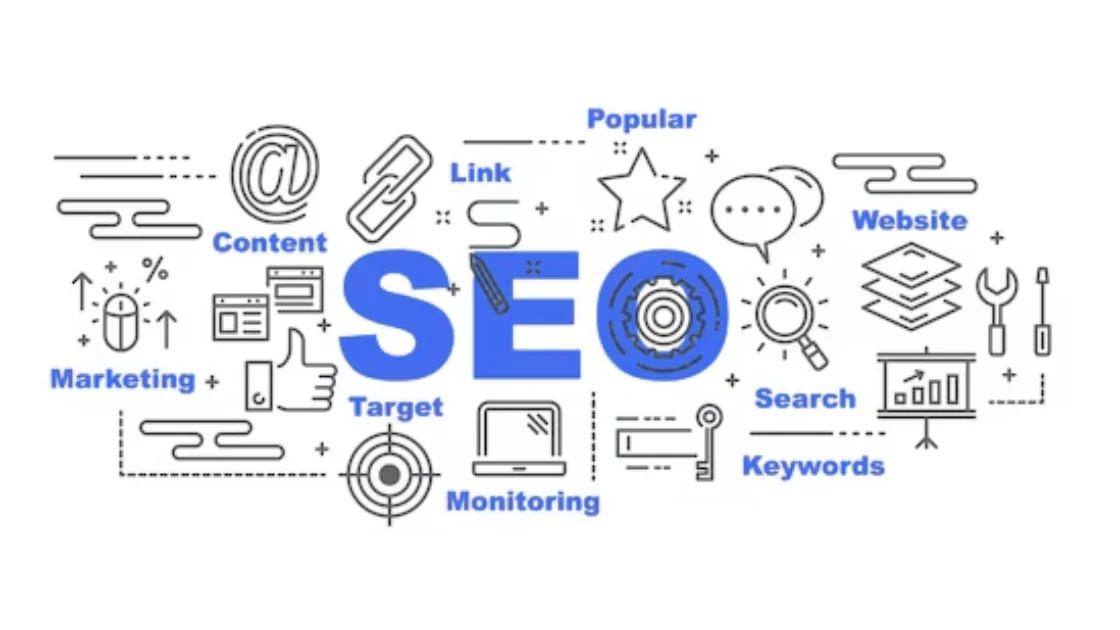In the ever-evolving landscape of digital marketing, Search Engine Optimization (SEO) is no longer just about keyword stuffing and backlink farming. Modern SEO demands a user-first approach, integrating technologies, semantics, and AI-driven strategies. Among the emerging trends shaping this new SEO frontier are AEO (Answer Engine Optimization), GEO (Generative Engine Optimization), and XEO (Experience Optimization). These are not just buzzwords; they represent a new philosophy in content creation and visibility. This blog will explore what these terms mean and how you can practically use them to boost your SEO results.
What is AEO (Answer Engine Optimization)?
AEO stands for Answer Engine Optimization—a strategy focused on optimizing content for answer engines like Google’s Featured Snippets, People Also Ask, Voice Search, Chatbots, and AI tools like ChatGPT, Perplexity, and SGE.
Why AEO Matters:
Traditional search engines are evolving into answer engines. Google’s SGE (Search Generative Experience), Bing AI, and voice assistants like Alexa aim to give users direct answers, not just a list of links. AEO is your path to visibility in this new world.
How to Apply AEO:
- Structure Your Content with Questions: Use questions as subheadings using <h2> or <h3> tags. Think about how users ask questions naturally.
- Use Schema Markup: Add FAQ, How-To, or Q&A schema to help search engines understand your content better and increase snippet visibility.
- Write Clear, Direct Answers: Aim for concise answers (40–60 words) using bullets or lists where possible.
- Voice Search Optimization: Target conversational, long-tail queries with words like “how,” “what,” “best way to.”
- Create a “Top Questions” Section: Use tools like Answer the Public and Google’s PAA box for frequently asked questions.
What is GEO (Generative Engine Optimization)?
GEO is the process of optimizing content to be more AI-discoverable and AI-recommendable in generative engines such as ChatGPT, Gemini, Perplexity AI, You.com, and Meta AI.
Why GEO Matters:
Generative engines don’t rank websites by backlinks or DA—they summarize content based on authority, clarity, and context. If your brand isn’t visible to AI, you’re missing out on future traffic.
How to Apply GEO:
- Be Credible & Cite Sources: Use well-researched, verifiable information to improve AI recognition.
- Write in Natural Language: Use clear, human-like language without keyword stuffing.
- Use Structured Formatting: Utilize subheadings, bullets, and clean HTML to help AI understand your layout.
- Publish on Authoritative Platforms: Spread your content across sites like Medium, Reddit, and LinkedIn to boost AI visibility.
- Create Topical Clusters: Group related content around a central topic to build authority.
- Add a TL;DR Section: Provide a short summary at the top of your articles for easy scanning by AI tools.
What is XEO (Experience Optimization)?
XEO stands for Experience Optimization, which focuses on enhancing the overall user experience (UX) across websites. This includes content quality, readability, mobile usability, site speed, visual hierarchy, and interactivity.
Why XEO Matters:
SEO today is not just about ranking—it’s about retention and conversion. Google rewards positive user experiences through engagement metrics like bounce rate, dwell time, and interactivity.
How to Apply XEO:
- Improve Page Speed: Compress images, reduce JS, and use lazy loading for faster performance.
- Design for Mobile First: Ensure your site is responsive and optimized for smaller screens.
- Use Interactive Elements: Add polls, quizzes, calculators, or sliders to boost engagement.
- Content Design & Readability: Break content into short sections with clear headings and visuals.
- Optimize for Conversion: Use clear CTAs, testimonials, and user trust elements to increase leads/sales.
- Monitor User Behavior: Use Hotjar or Clarity to find pain points in your content and fix them.
Integrating AEO, GEO, and XEO for Powerful SEO
Each of these frameworks targets a different part of the search and user journey:
| Approach | Focus | Goal |
|---|---|---|
| AEO | Direct Answers & Snippets | Appear in Voice Search, PAA, and Featured Snippets |
| GEO | AI-Generated Results | Show up in ChatGPT, Gemini, Perplexity answers |
| XEO | User Experience | Increase engagement, time on page, and conversions |
When you combine them, you get an SEO strategy that:
- Helps users find direct answers (AEO)
- Gets your content recommended by AI tools (GEO)
- Keeps users engaged and satisfied (XEO)
Real-World Use Case Example
Imagine you run a website about digital marketing training. Here’s how you could use AEO, GEO, and XEO:
- AEO: Create FAQ sections like “What is Performance Marketing?” with concise answers.
- GEO: Write conversational blog posts and include summaries so AI tools can quote you.
- XEO: Optimize your course page for speed, usability, and add engaging elements like testimonials and comparison tables.
Final Thoughts
As AI reshapes the search landscape, marketers and content creators must evolve beyond traditional SEO. By adopting AEO to answer, GEO to be referenced, and XEO to engage, you create a future-proof SEO strategy that delivers across platforms and engines.
The synergy of AEO, GEO, and XEO doesn’t just boost rankings—it builds trust, visibility, and user loyalty in an age where attention is currency. Start optimizing today, not just for search engines, but for how people (and AI) find and experience your content.







